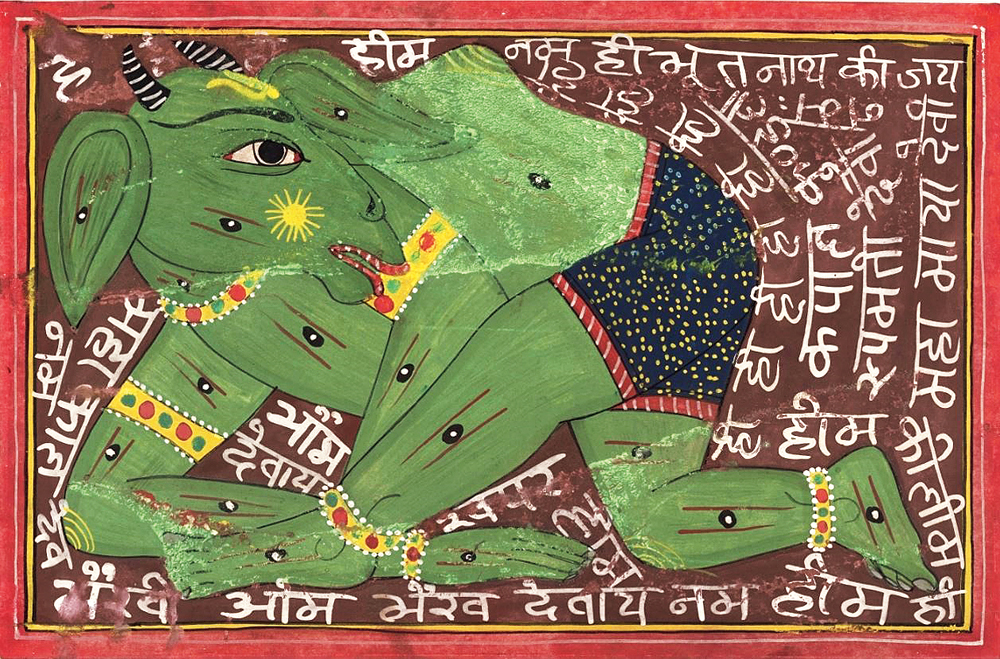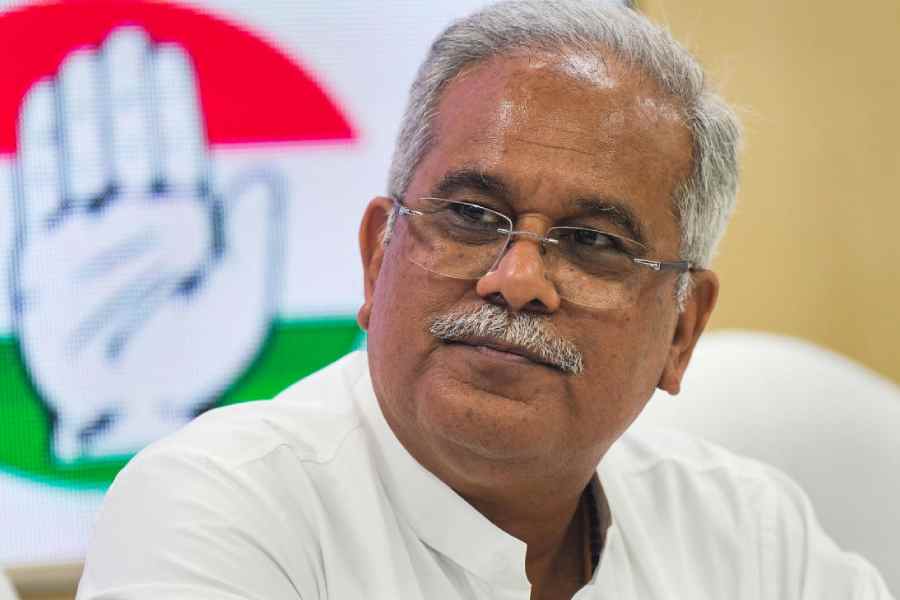What is an epic is an important theme for debate. Can poetry help us understand the world? More specifically, can epic poetry provide a framework on which to base our view of historical events? The Indian independence movement, for instance, displays at least some aspects of epic realism.
Several freedom fighters and social reformers who played an active role in this political movement were also prolific writers. Swami Vivekananda’s writings are compiled into 10 volumes, B.R. Ambedkar’s into 30 volumes, Mahatma Gandhi’s into 100 volumes, and the list goes on. Their writings reveal an intricate interweaving of action and word, presenting a different picture of modern India. It is not very common to come across political leaders who are also successful writers. Therefore, the rise of so many such figures, all during the same period of time, is unique indeed, not only in the history of India but also the world.
Sri Aurobindo was one such political activist and poet. His modern epic, Savitri: A Legend and a Symbol, is an inventive retelling of a traditional story. He interweaves it with political aspects of the Indian national movement, reflecting C.G. Jung’s idea of the ‘collective unconscious archetype’.
Savitri’s husband, Satyavan, is dead. Savitri’s grief, however, instead of driving her to despair or forcing her to resign herself to fate, impels her to take the unprecedented step of approaching Yama, the god of death. Unlike in Ingmar Bergman’s film, The Seventh Seal, where the protagonist extends a challenge and plays chess with Death, Savitri chooses to follow Yama with an earnest appeal to bring her husband back to life.
Here there is a significant shift from the emotive to the cognitive —from Savitri’s grief to her entreating for her husband’s life from the god of death. This is a higher form of cognition and indicates that her intellectual capacity is superior to Yama’s. This is evident in her move to seek an unnatural and impossible request of asking life from the god of death. Understanding this difference between the emotive and the cognitive is important to decipher Aurobindo’s resourcefulness in symbolically articulating the political aspirations of the people.
On further careful philosophical scrutiny,we find yet another move in the conversation between Savitri and Yama. Yama reproaches Savitri for her unreasonable demand, reminding her that no one ever returns from the clutches of death. But she persists relentlessly, driven by uncontainable love for her husband. Compelled by her persistence Yama concedes to grant her three boons — anything except the life of her husband.
As her third boon, she asks for a son which is granted to her. Yama, who had let down his guard for a brief moment, is taken aback when Savitri resumes her original appeal even more vigorously, now in the tone of a legitimate demand. She cites the same reasons that Yama had given her earlier to justify the inevitability of death and the anomaly of resurrecting the dead. She reminds him that a married woman cannot have a child without her husband. This confines Yama in a trap from which he cannot retract. In this respect, Savitri knows more about Yama than he is capable of knowing about himself. This argumentative ploy is the height of cognitive capacity where a grief-stricken woman, who should be mourning, embarks instead on an incredible, extraordinary quest.
The signposts of this journey are loss, a step from emotive to cognitive, the impossibility of recovering the loss, and the employment of cognitive capacity to win back what is lost. The reason why I point out these signposts in the traditional story is to relate them with the modern national movement.
Like Savitri, India too suffers a profound loss, that of her freedom to the British. The agony and grief at this loss were felt and expressed by the people of India in varying degrees and forms. At the emotive level, their anguish was expressed in the conventional form of resistance.
Along with this, there was another form of protest at the cognitive level, which sometimes occurred simultaneously and, at other times, sequentially. Like Savitri, India persisted relentlessly with her demands from the British. The Indian leaders, many of whom were lawyers, expressed this in the format of arguments using their training in British law. Instead of making a case for freedom from native ideas, they decided to employ the ideal of their adversary, namely, liberalism.
This transformed the conventional form of protest into a novel strategy in which, instead of remaining outside, the protesting agent approaches from inside the opponent’s camp. This strategy is similar — with minor modifications in two respects — to that adopted by Savitri. One, there is a shift from the emotive to the cognitive and, two, the agent moves from being outside to basing themselves inside the opponent’s arena. The conventional path adopted by the freedom fighters reflects Savitri’s initial psychological state of grief at her loss, while the more unorthodox method is akin to Savitri’s conversational strategy. The latter strategy forced the British to engage with the Indian leaders at several conferences. Like Yama, the British rulers treated this demand for independence for India as both unreasonable and an impossibility. Freedom from the British almost looked unattainable. This is evident in the mood and developments at the Indian National Congress meeting at Surat in 1907 where moderates were resigned to the fate of achieving freedom only in the very distant future. However, the freedom fighters’ love for India made them persist with the demand for freedom, compelling the British to the point of helplessness. Like Yama, they too allowed some concessions to the Indian leaders except giving independence to India. Subsequently, like Savitri, the Indians succeeded in trapping the British, which eventually culminated in India gaining its freedom.
It is this journey of the Indian independence movement that the modern epic poem, Savitri, echoes like no other text of that time. I would like to relate the novel approach of the freedom fighters with the brilliant cognitive capacity of Savitri. In this context, we can raise a counterfactual, namely, whether Satyavan would have fought with Yama in the way that Savitri did. There is also an interplay between two fundamental aspects of human existence — birth and death. Both elude first-person experience. It is not the husband who becomes cause for the birth of the son; on the contrary, it is for the birth of a son that the dead husband gets his life back.
While M.K. Gandhi’s Hind Swaraj undertakes the task of assessing the British through its critique of modernity, this text also has overriding normativity. On the other hand, it is the transcendental poet, Aurobindo, who creates a trance-like, intense catharsis of the Indian national movement in his modern epic. In re-turning to these themes of modern India, we will find the poetic adhesive that binds political activities. Poetry, in this instance, provides the architecture or framework for the political edifice — an exercise that can be both progressive and enlightening, overcoming the abstract or narrow. In this respect, Aurobindo’s Savitri fulfils one of the epic qualities, namely, endurance.
The author is on deputation to the Indian Institute of Technology, Tirupati. He teaches philosophy












